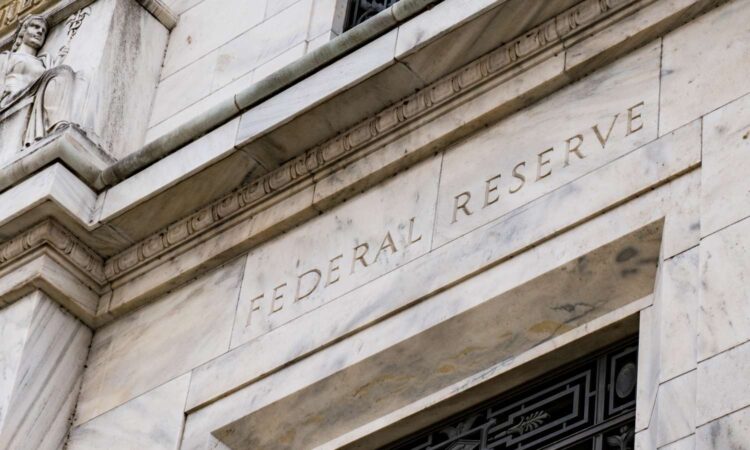
The U.S. banking system may be beginning to recover from the shock of recent bank failures, with emergency borrowing down for a second straight week.
Key Takeaways
- Emergency borrowing by U.S. Banks fell for a second straight week as the banking system begins to stabilize.
- Borrowing from the Fed’s discount window dropped by 21%.
- Borrowing from the Bank Term Funding Program rose by 22% last week.
Banks borrowed $322.7 billion last week from emergency lending facilities, down 3%, or $10 billion from the previous week. The biggest decrease was from the Federal Reserve’s primary lending facility, the discount window, which dropped by 21% to $69.7 billion, while other credit lines, including loans by Federal Deposit Insurance Corporation (FDIC), also fell by 3%.
However, borrowing from the Bank Term Funding Program (BTFP), the special facility set up in the wake of the collapse of Silicon Valley Bank and the FDIC’s takeover of Signature Bank, rose 22% to $79 billion, surpassing lending from the discount window for the first time since it was established on March 12.
Even as emergency lending declines, some industry analysts question whether more banking troubles are on the way.
Immediately following the collapse of Silicon Valley Bank and the FDIC’s takeover of Signature Bank, financial institutions borrowed at levels not seen since the 2008 financial crisis, turning to the discount window more than at any point during that period. Even as emergency borrowing eases, banking officials and analysts are raising concerns that the fallout will continue.
“The current crisis is not yet over, and even when it is behind us, there will be repercussions from it for years to come,” JP Morgan CEO Jamie Dimon wrote this week in his annual shareholder letter.
Discount Window Borrowing May Indicate Bank Weakness
The surge in emergency borrowing indicated other banks were seeing increased withdrawals from concerned depositors. Banks are reluctant to borrow from the discount window due to the impression that the institution is cash strapped and in a weak financial position.
Seeing weaknesses in the banking system, especially smaller regional banks, the Federal Reserve set up the emergency BTFP, which gave these banks some better options than the discount window. In particular, the BTFP lets banks borrow against their Treasuries at the price they paid, not their current value, the decline of which is what helped create many of the problems these banks are facing. Many banks hold Treasury securities, which have lost value as the Federal Reserve has raised interest rates.
Another key benefit of the BTFP is that it offers a year-long term, instead of the 90-day payback period of the discount window.





